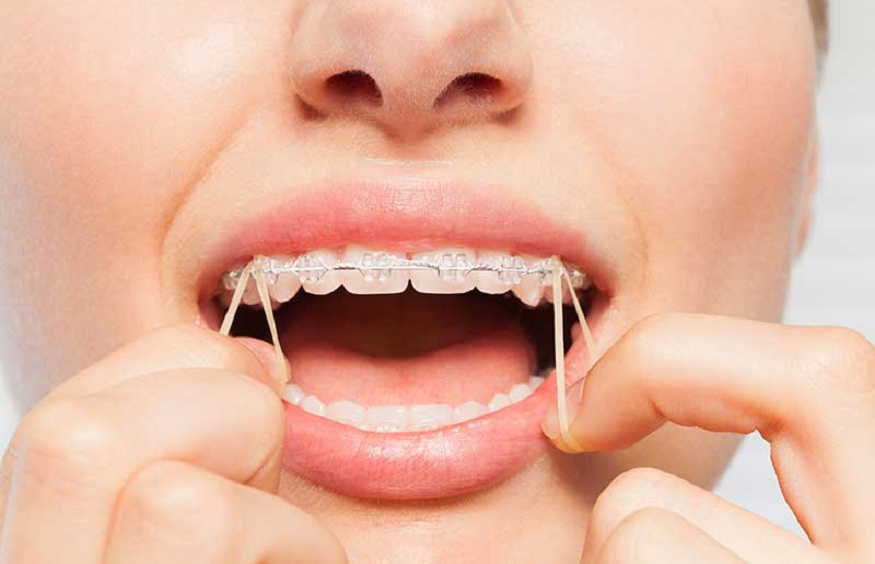The Science Behind The Movement Of Teeth
Teeth movement fascinates many. Understanding this process can ease concerns about orthodontic treatment. Cedar Park children’s orthodontics often relies on this science. Teeth shift due to pressure applied over time. This movement helps correct alignment issues. Let’s explore the simple reasons behind this remarkable capability.
The Basics of Tooth Movement
Teeth move through a simple biological process. When orthodontic appliances apply pressure, the periodontal ligament, a soft tissue surrounding each tooth, reacts. This pressure causes bone remodeling. Bone cells break down on one side and build up on the other. This process allows a tooth to move into its new position.
Why Teeth Move
The human body constantly adapts to changes. Teeth need to move to maintain proper alignment and function. This movement helps with chewing, speaking, and overall dental health. Crooked teeth can cause problems like uneven wear and gum disease. By understanding why teeth move, we can appreciate orthodontic treatments more.
Factors Affecting Tooth Movement
Several factors influence how teeth move:
- Age: Younger patients often experience faster tooth movement due to more responsive bone structures.
- Duration of Force: Longer application of pressure leads to more effective movement.
- Magnitude of Force: Excessive force can damage teeth and tissues, while optimal force ensures safe movement.
Comparing Orthodontic Techniques
Different techniques can achieve tooth movement. Understanding these helps in choosing the right treatment. Here’s a simple comparison:
| Technique | Benefits | Limitations |
| Braces | Highly effective for complex cases | Visible; requires frequent adjustments |
| Clear Aligners | Less visible; removable | Best for mild to moderate issues |
| Retainers | Maintains tooth position post-treatment | Not used for active movement |
The Role of Orthodontists
Orthodontists play a crucial role in tooth movement. They assess individual cases, apply appropriate techniques, and monitor progress. With their expertise, they ensure treatments are safe and effective. For further details, you can read more about orthodontic practices from the American Dental Association.
The Long-Term Benefits of Treatment
Orthodontic treatment offers many benefits:
- Improved Oral Health: Straight teeth are easier to clean, reducing the risk of cavities and gum disease.
- Enhanced Aesthetics: Well-aligned teeth contribute to a confident smile.
- Better Function: Proper alignment improves bite and speech.
Conclusion
The science of tooth movement is a vital part of maintaining dental health. Through the application of pressure, teeth can be guided into healthier positions. This process is safe and effective when conducted under professional care. By understanding the basics, we can make informed decisions about our dental treatments. For comprehensive information on dental services, consider consulting resources like the National Institute of Dental and Craniofacial Research.


Leave a Reply
You must be logged in to post a comment.